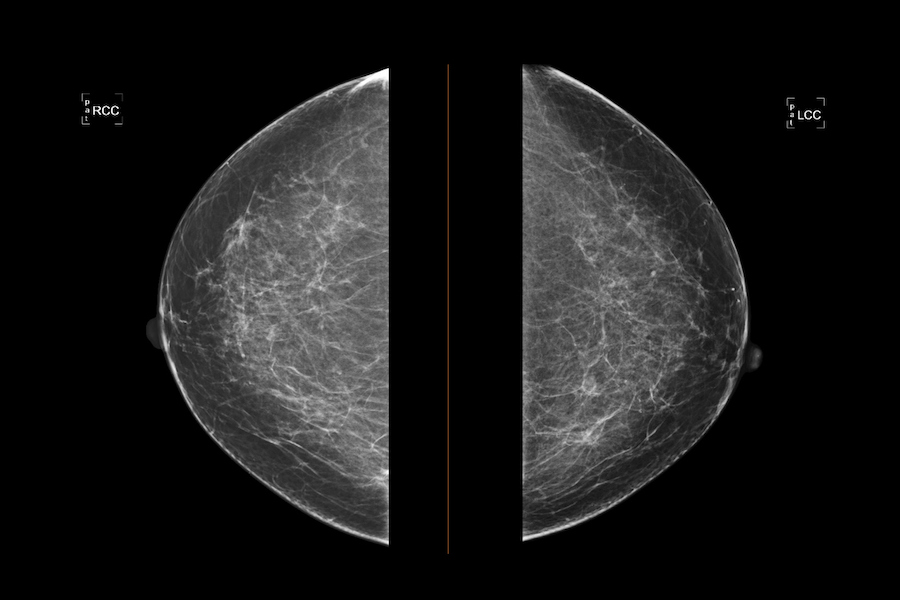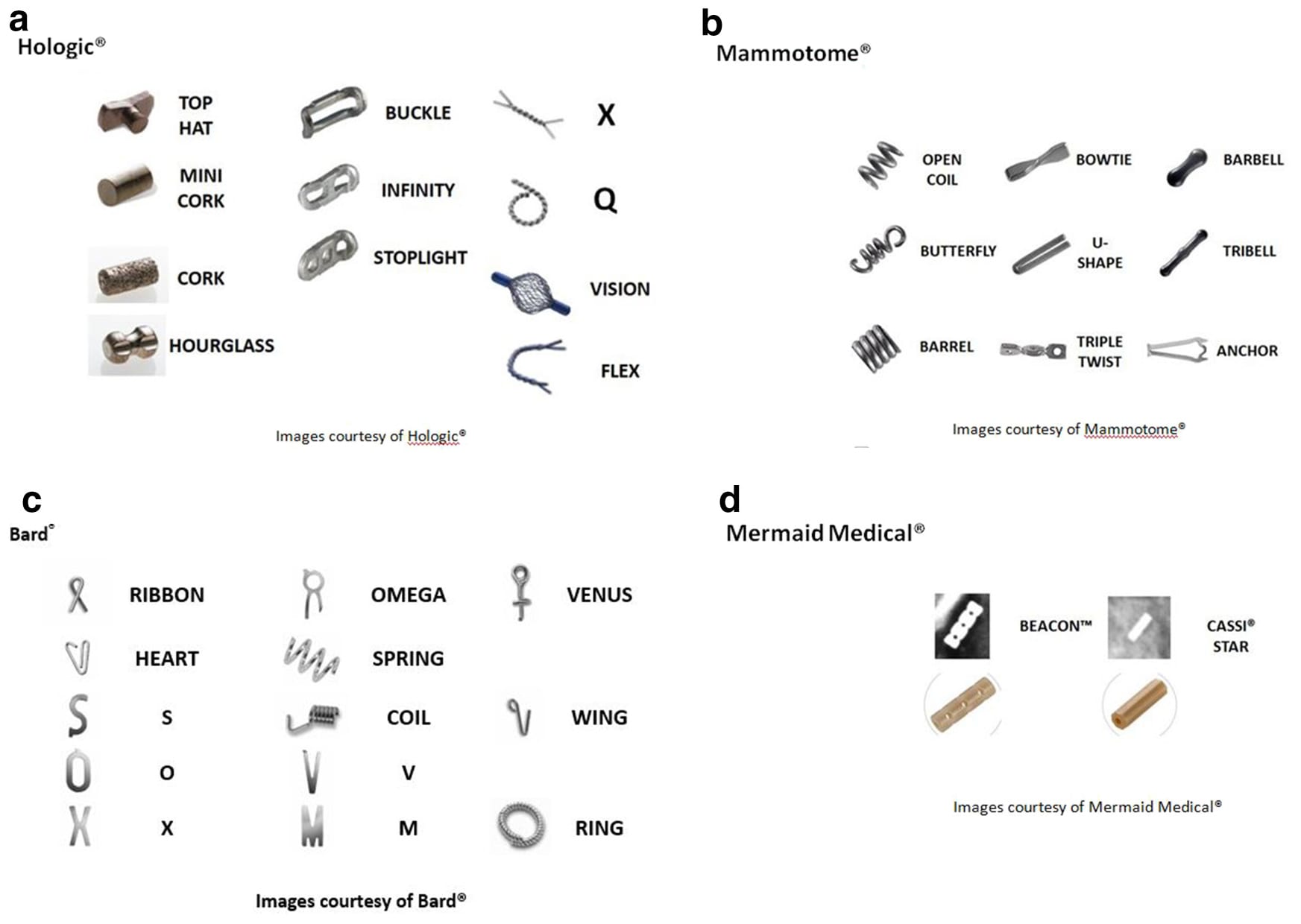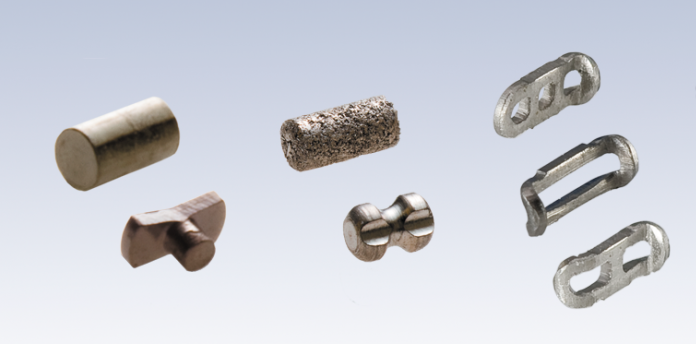- Accueil
- breast clip
- Clip and wire localization of locally advanced malignant breast masses in patients undergoing neoadjuvant chemotherapy and breast conservation therapy, Egyptian Journal of Radiology and Nuclear Medicine
Clip and wire localization of locally advanced malignant breast masses in patients undergoing neoadjuvant chemotherapy and breast conservation therapy, Egyptian Journal of Radiology and Nuclear Medicine
4.5 (503) · € 24.50 · En Stock
Background In locally advanced breast cancers, the use of preoperative systemic therapy has been shown to induce tumor response and to improve the local control rate after subsequent surgery and radiation therapy. The purpose of the study is to evaluate the accuracy of localization of breast malignant masses in patients who received neoadjuvant chemotherapy and will undergo conservative breast surgery by using clip and wire marker. Results Clip placement was done in 20/20 cases (100%). There was no mammographic evidence of clip migration or complication related to the clip insertion. Wire localization of tumor bed marked by radiopaque clip 1-day preoperative was done in 18/20 patient (90%), the other 2 patients, the masses were clinically palpable (10%). Accurate localization by wire was positive in 18/18 cases. Clip and wire retrieval were positive in all cases. Conclusion Clip markers can be used for tumor localization in breast cancer patients undergoing neoadjuvant chemotherapy without migration. Clips are tolerated and safe for the patient, easily visualized on imaging, do not interfere with treatment response, and are cost-effective. Also, serves as a guide for post-neoadjuvant chemotherapy localization when the tumor is not palpable.
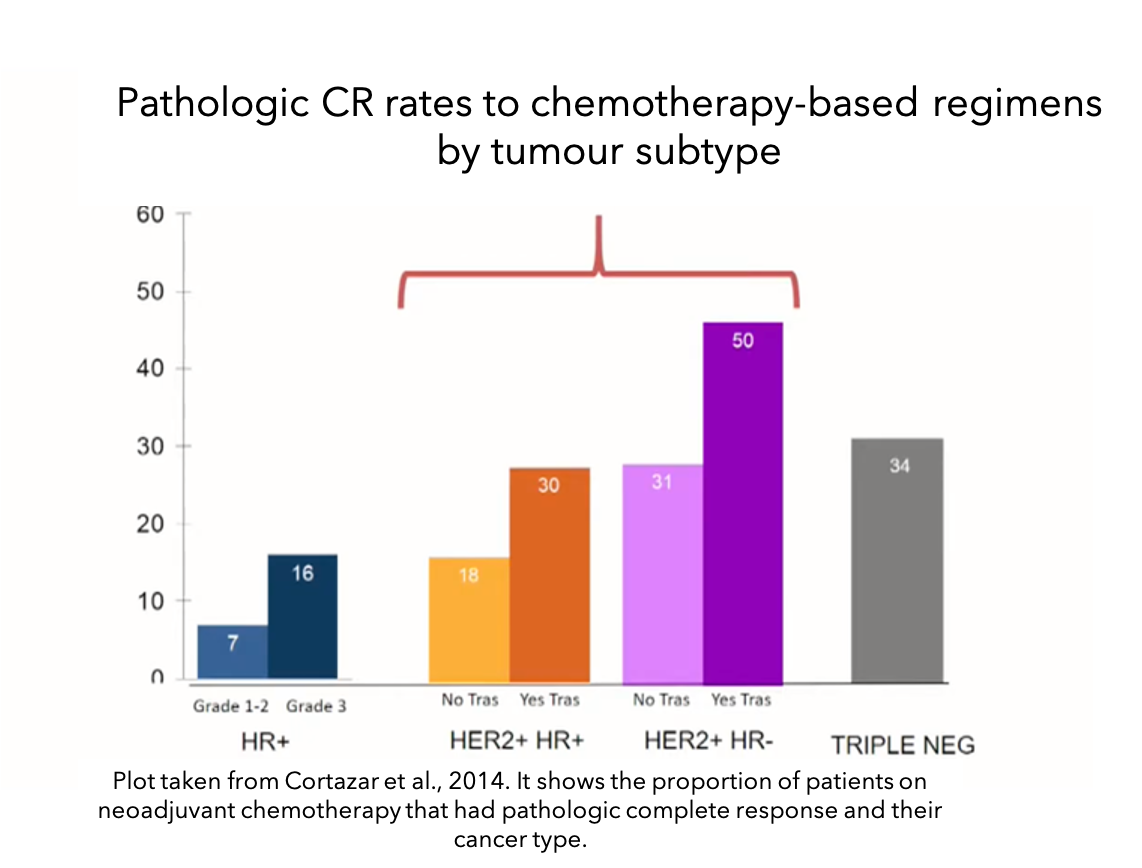
The concept of neoadjuvant therapy in breast cancer - OWise UK
KoreaMed Synapse

European Journal of Breast Health
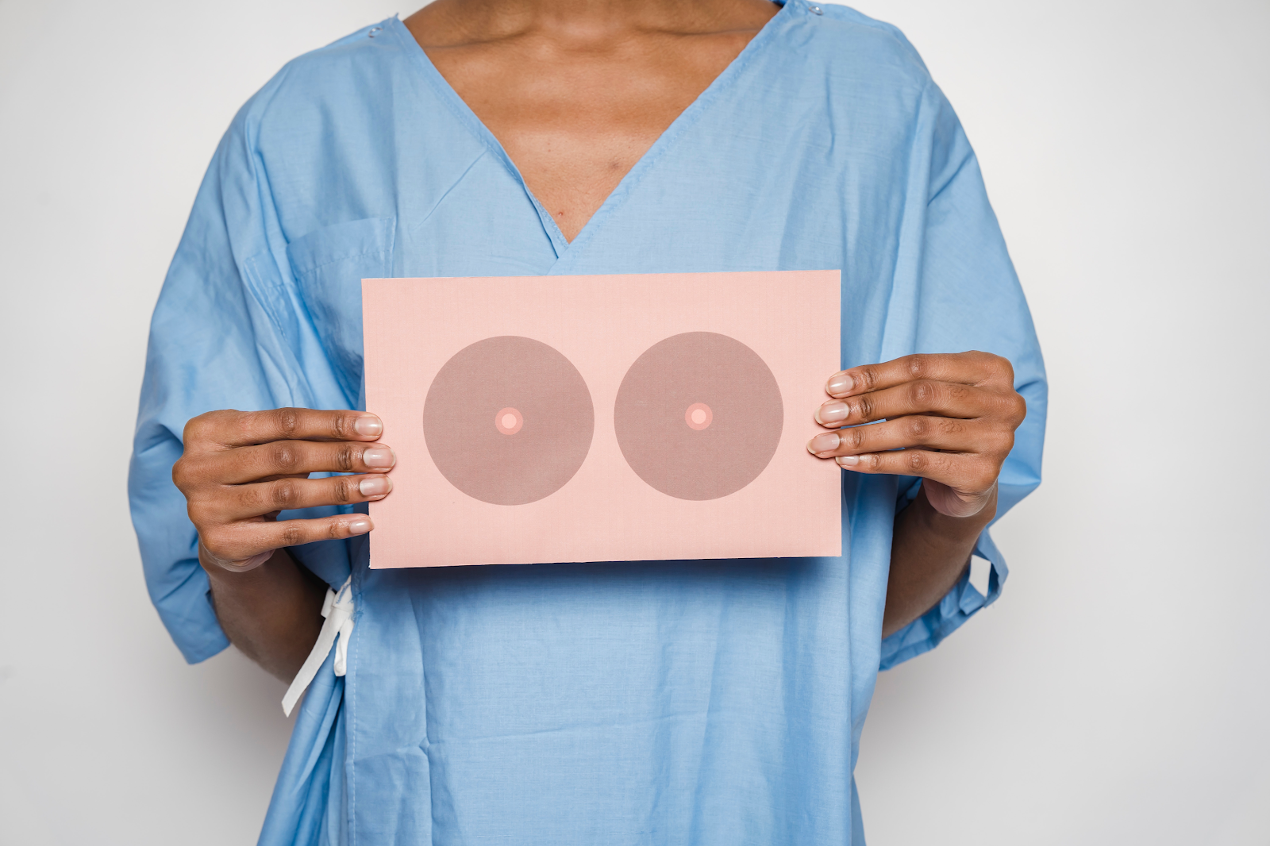
The concept of neoadjuvant therapy in breast cancer - OWise UK

Neoadjuvant Chemotherapy and Biomarkers

Predicting pathological response of locally advanced breast cancer

Therapeutic mammoplasty: a wise oncoplastic choice-lessons from

PDF) Evaluation of Clinical and Pathological Response following

Magnetic resonance imaging tumor regression shrinkage patterns

PDF) Ultrasonography-Guided Surgical Clip Placement for Tumor

The Challenging Image-Guided Preoperative Breast Localization: A






